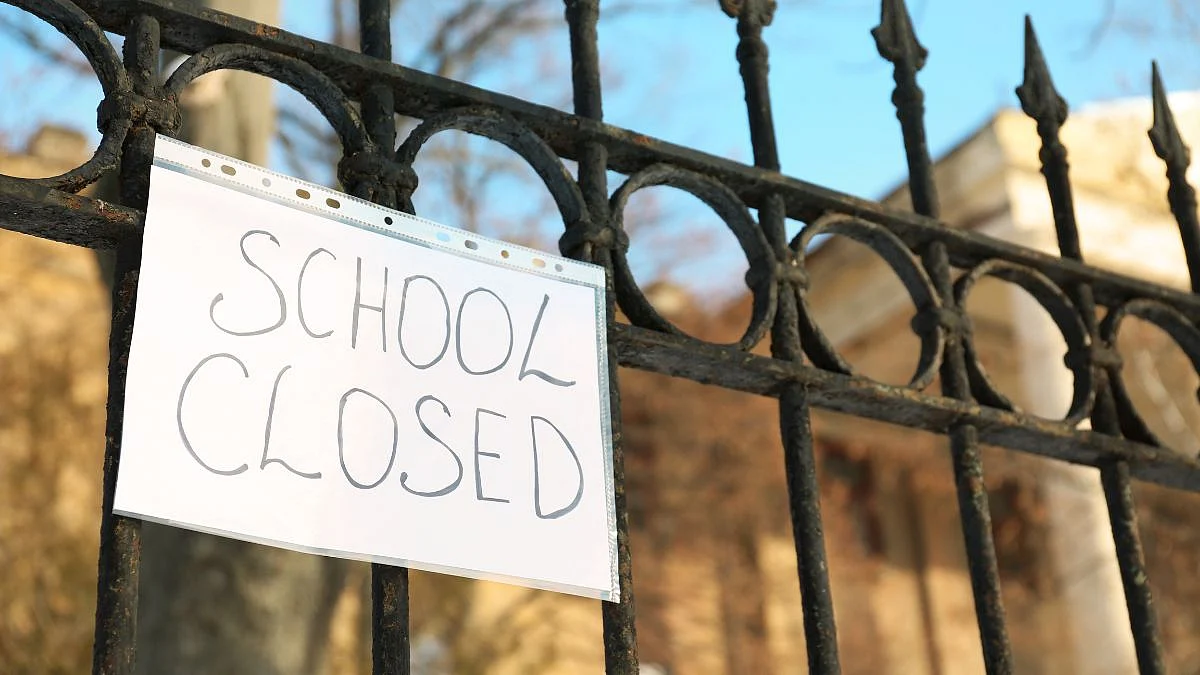Our tech cities have positioned themselves to attract talent, capital and investments. If an external board director embarks at the state-of-the-art Bengaluru airport at noon, the journey into the city swiftly delivers a detour into the throes of urban traffic chaos. It is common for business visitors flying into the city to be stuck in traffic for an arduous two hours en route to the city. Imagine sitting on a company Board which is headquartered there for all the strategic reasons - talent amongst first reason. A board meeting strategically convened in a swanky commercial complex, courtesy of a REIT, the harrowing experience becomes emblematic of the city's congested arteries.
Despite heroic human and Google Maps efforts, estimating arrival times often proves futile, leaving the board meeting to commence promptly with the fortuitous few residing nearby. To remedy the geographical imbalance, the meeting swiftly transforms into a virtual affair, introducing the age of “physically virtual” gatherings. An innovation, undoubtedly, but one that brought forth absolute frustration for the upcountry board members, their human connection disrupted by city traffic problem. Welcome to Indian cities bursting at their seems.
Bengaluru grapples with a severe traffic challenge, earning the dubious distinction of being the second-most congested city globally according to the TomTom Traffic Index Ranking 2022. Navigating the city center is a time-consuming task, with drivers spending an average of 29 minutes and 10 seconds to cover just 10 km. The impact of this congestion is significant, with Bengaluru drivers dedicating approximately 260 hours per year, equivalent to nearly 11 days, stuck in rush hour traffic.
Pune shares similarities with Bengaluru as a technology hub, facing considerable traffic challenges in its busiest areas. It secures the sixth-most congested city position globally and ranks second in India, following closely behind Bengaluru. The city boasts robust civic activism, with citizens actively participating in various organisations dedicated to specific areas of interest. A recent report sheds light on significant issues, highlighting the lack of wide roads as a major contributor to traffic congestion. The situation is compounded by deficiencies in basic infrastructure, such as the absence of dedicated service roads along highways and an inadequate stormwater drainage system. The report also flags the ineffectiveness of traffic signals at 375 major intersections in Pune, necessitating increased police intervention.
Urban areas across India grapple with a shared challenge — a lack of adherence to traffic and parking rules. High levels of traffic indiscipline manifest in various forms, including breaking signals, driving on the wrong side, cutting lanes, parking vehicles on zebra crossings, illegal parking, and even utilising bridges for parking. These issues collectively contribute to the major concerns plaguing city traffic.
Furthermore, there is the pressing challenge of a dysfunctional public autorickshaw and taxi system. The rickshaw cartel prevalent in cities like Chennai, Bengaluru, and Pune raises eyebrows, with its anti-monopoly practices evident through arbitrary pricing and a disregard for the legal fare system — a situation glaringly obvious. This issue isn't a recent development; the enduring lack of political will, possibly stemming from vested conflicts related to ownership, patronage, grassroots corruption or vote bank considerations, coupled with a general laxity in enforcing traffic rules, only exacerbates the challenges faced by the cities.
The majority of Indian cities find themselves ensnared in the complexities of induced demand. With escalating automobile sales, governments race to keep pace, constructing new roads and widening existing ones. This has been a futile and mindless cycle where the more we build, the quicker the roads fill up. In an attempt to escape this perpetual trap, mobility experts have long championed demand-side management measures for Indian roads.
Perhaps it's high time for major Indian cities to invest in comprehensive public traffic systems and implement substantial congestion taxes. Taking cues from cities like Singapore, London, and Stockholm, which have successfully employed congestion pricing, Indian urban centres can alleviate traffic issues. London, in particular, addresses air pollution concerns by establishing an ultra-low emission zone, imposing additional charges on drivers of high-emission vehicles. It's a model worth considering for mitigating congestion and promoting sustainable urban mobility.
However, in addition to these measures, cities need to reshape themselves as pedestrian-friendly urban spaces. The concept of “pavement” appears to have vanished from city planning considerations. In our quest for efficient public transportation systems, addressing last-mile connectivity becomes paramount, encompassing footpaths, autos, cycles, and more. This holistic approach is instrumental in alleviating the strain on transportation systems caused by the burgeoning population. Unfortunately, city planners seem to have overlooked the significance of prioritising pedestrians in their designs. Even as we contemplate the advent of self-driving cars, it's imperative to institute a taxation system, akin to London's congestion tax in Westminster or the City. This not only ensures a fair contribution to infrastructure maintenance but also incentivises environmentally conscious choices. Electric vehicles, in particular, could benefit from reduced rates, recognising their contribution to fostering a greener, more sustainable urban landscape.
In the pursuit of sustainable urban living, it's imperative for cities to evolve into pedestrian-friendly environments. Revitalising and prioritising pedestrian pathways can not only enhance the overall urban experience but also contribute significantly to reducing congestion, promoting healthier lifestyles, and fostering a sense of community. Embracing this shift towards walkability could mark a pivotal step in creating more liveable and resilient cities for the future.
Constructing cities with expansive airports and extensive metro systems is undoubtedly crucial, yet it falls short of addressing the holistic liveability needs of citizens. True urban sustainability requires a bottom-up approach, focusing on grassroots solutions to the daily challenges residents face. Cities must foster sustainability and green initiatives at the citizen level, empowering individuals to contribute to a truly sustainable and Net Zero environment. By encouraging local, eco-friendly practices and engaging the community in sustainable endeavours, cities can cultivate a collective consciousness towards building not just efficient infrastructure but also nurturing a harmonious and environmentally conscious way of life.
We must look at leveraging technology to map efficient routes within a 2-5 km radius of each Metro / city railway station / bus stop, uploading the data to the cloud and ensuring free accessibility for every mode of transport. Embracing the power of data, these routes would serve as comprehensive guides for commuters, facilitating seamless journeys from Metro stations to their destinations. In the current landscape, until self-driving vehicles become ubiquitous, we should encourage usage of e-vehicles for last-mile journeys. By providing free access to this data across all transport modes, citizens can be empowered to make environmentally conscious choices. Electric vehicles, recognised for their green credentials, can play a pivotal role in reducing the carbon footprint associated with last-mile travel. City administrators should consider embedding last-mile costs in a comprehensive point-to-point transportation fare, fostering smoother acceptance among citizens. This approach enhances transparency and convenience in the overall cost structure for urban mobility.
There is an urgent need for a “tech-tonic” shift in traffic management — a paradigm that prioritises technology, thinks green-first, and places citizens at the forefront, rather than prioritising vehicles. The future of urban mobility demands a thoughtful blend of innovation, environmental consciousness, and citizen-centric planning.
Shailesh Haribhakti is an independent director on corporate boards. Twitter: @ShaileshHaribh2
Srinath Sridharan is a policy researcher and corporate adviser. Twitter: @ssmumbai










